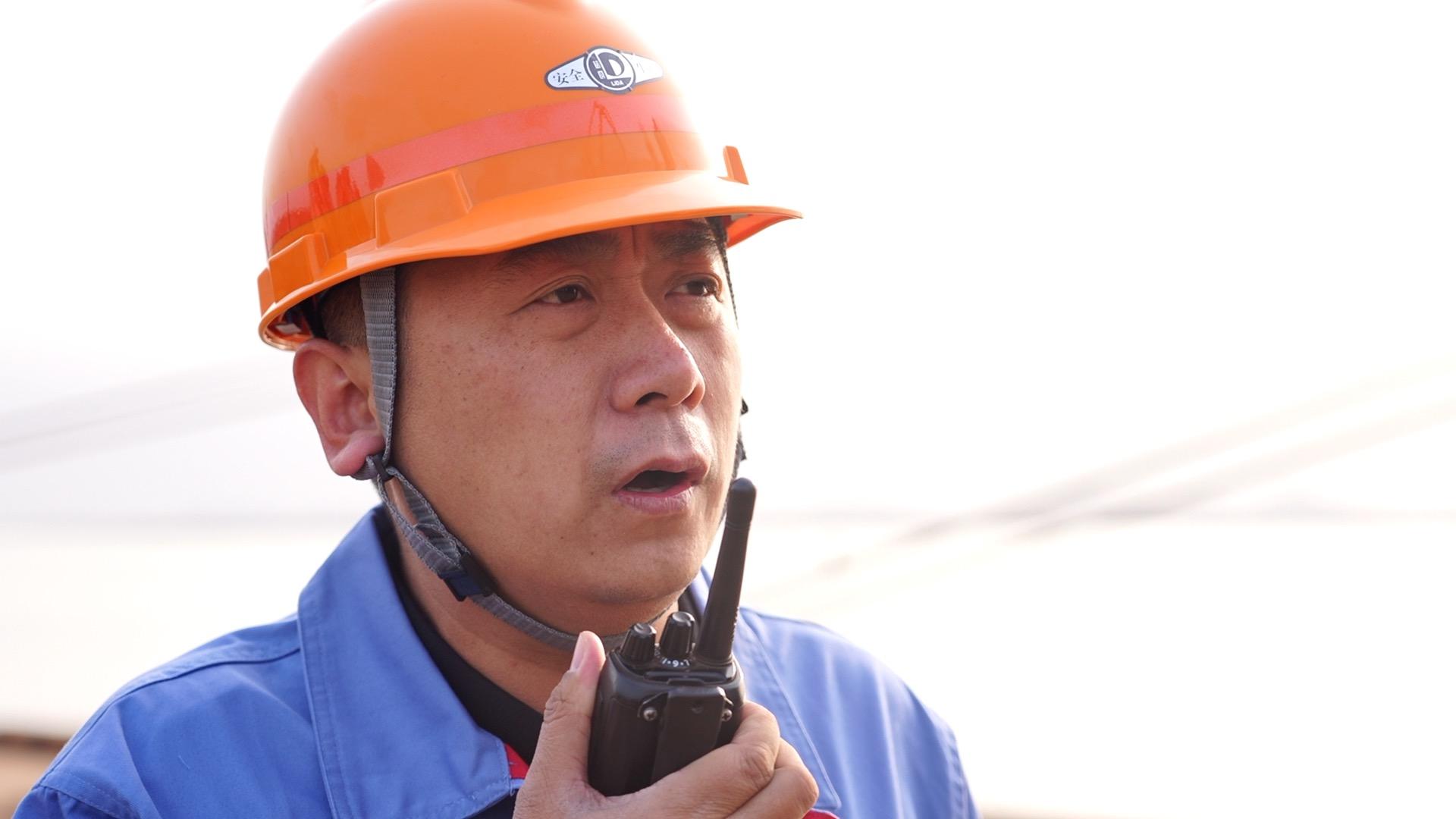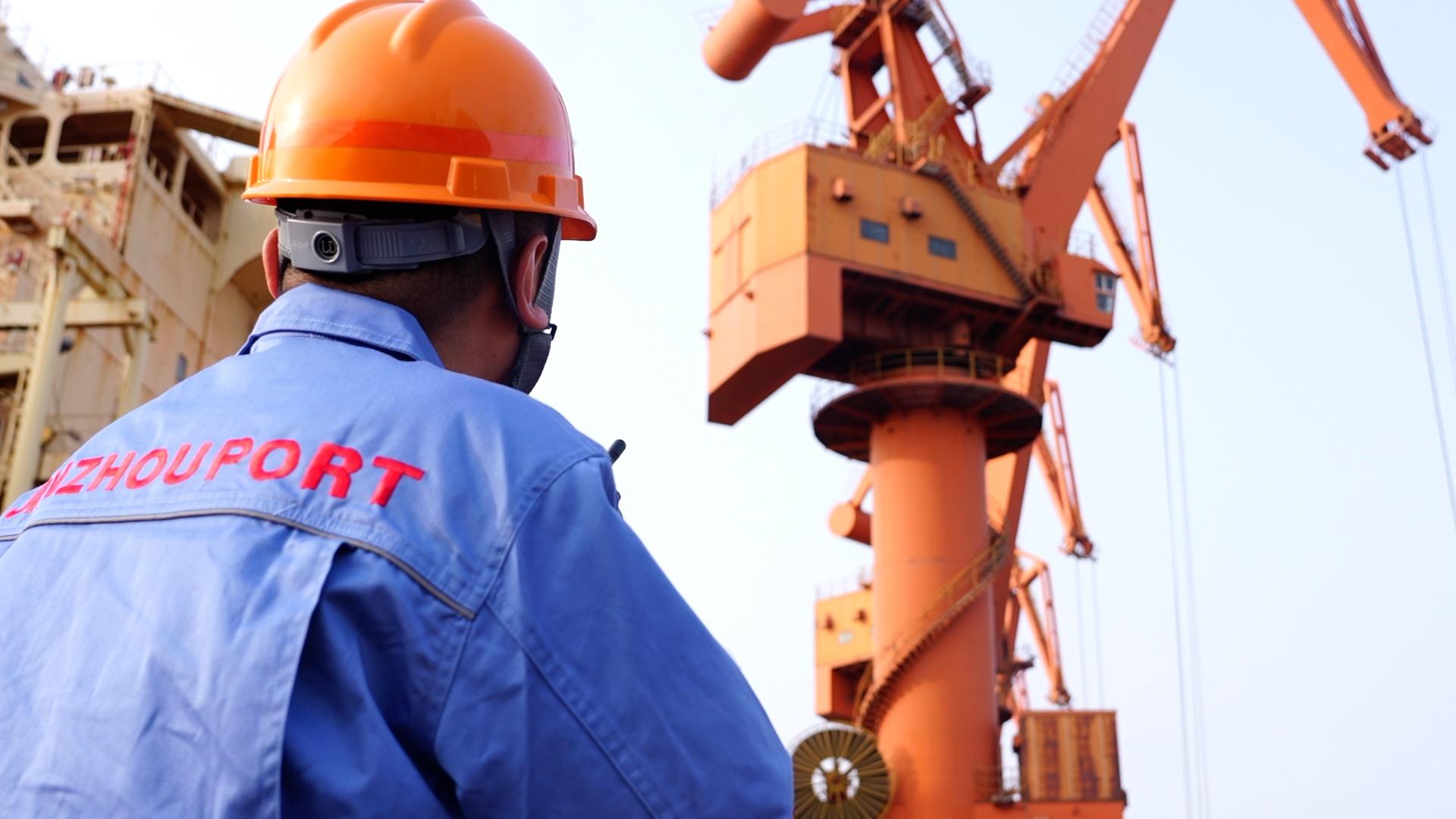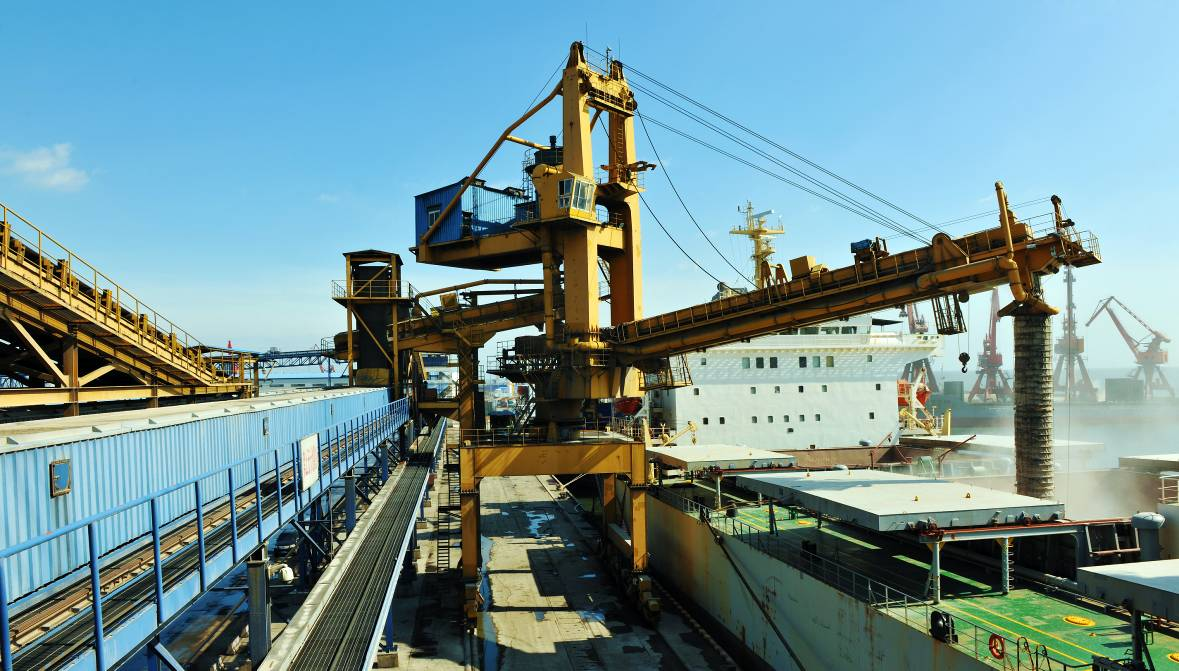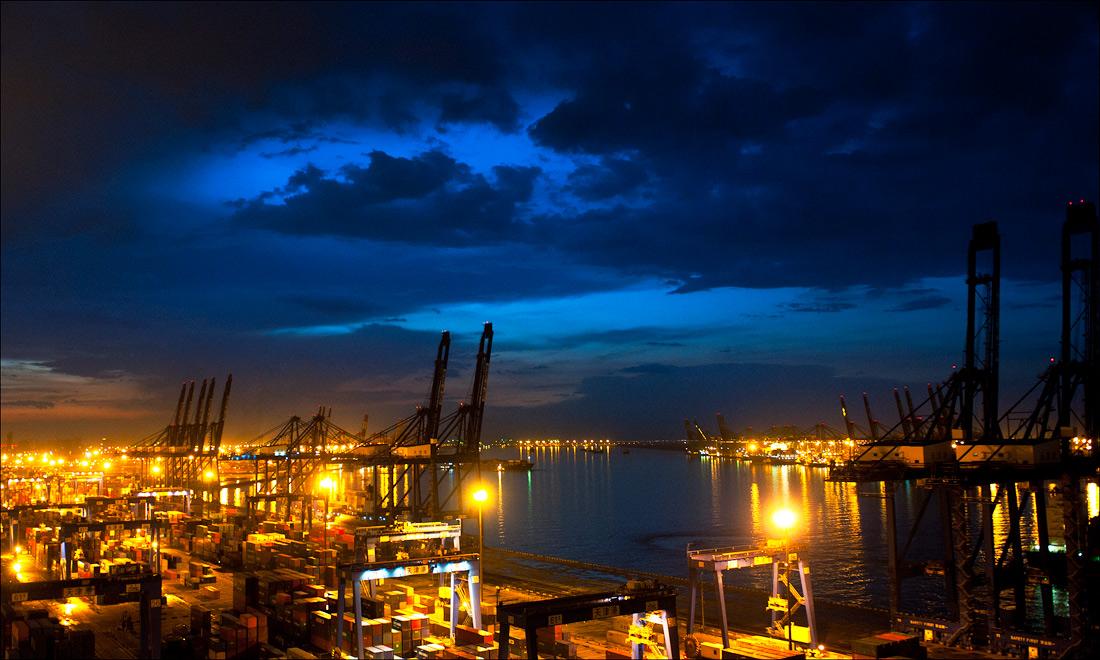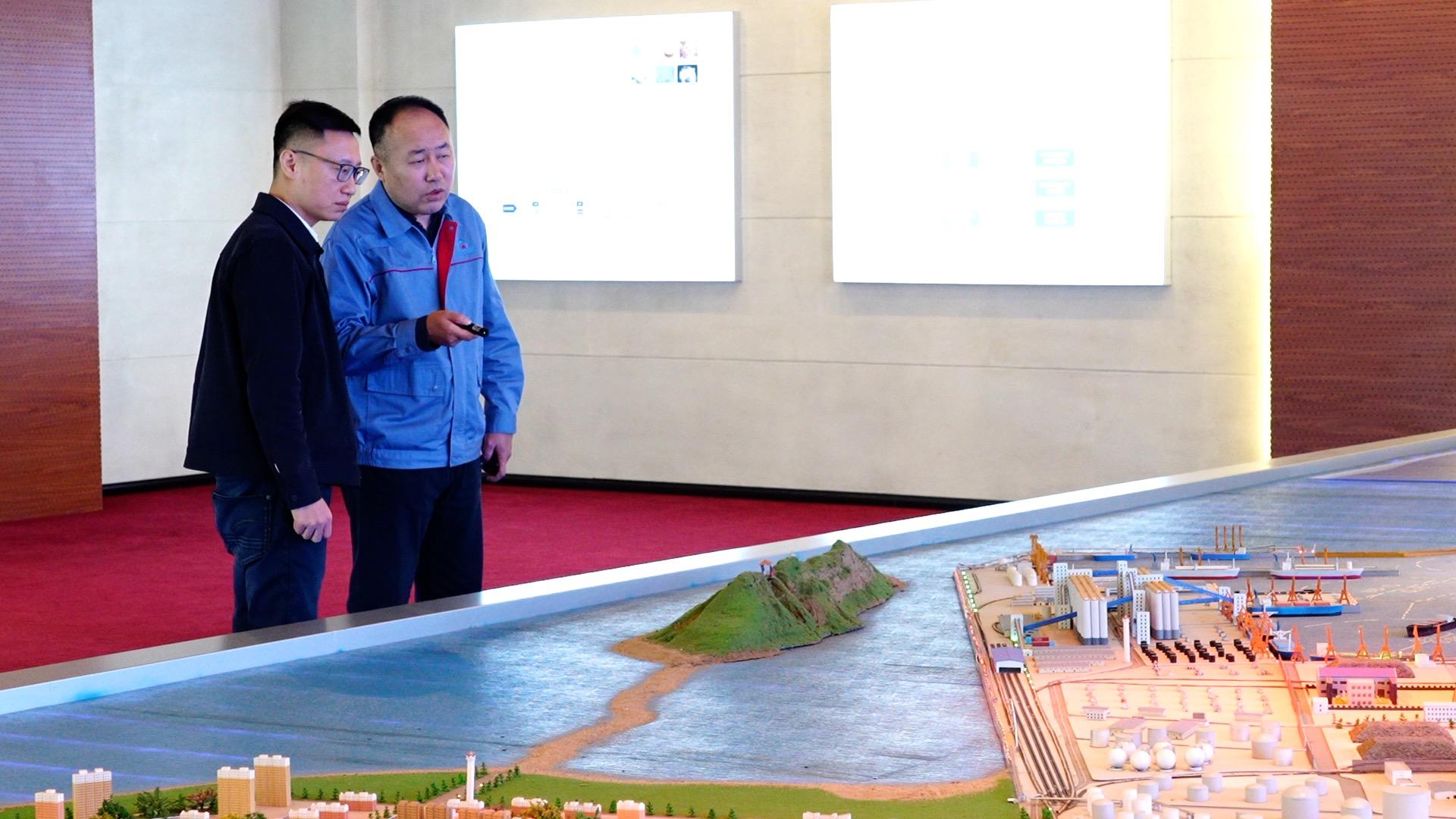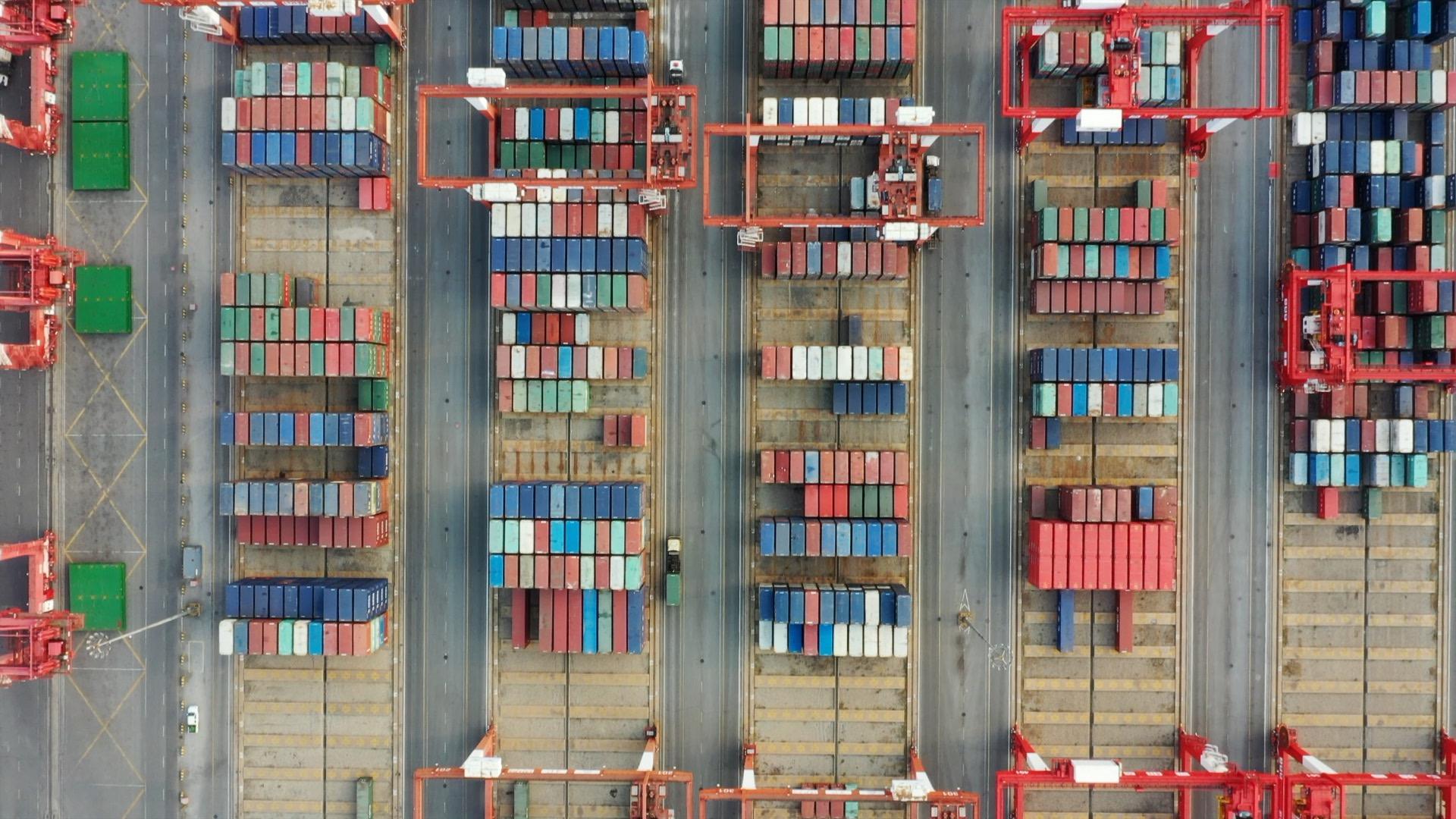Sitting at the northernmost tip of the Bohai Sea, the port of Jinzhou in China's Liaoning Province has been the subject of eagerness to enhance infrastructure and services to seize opportunities presented by the China-Mongolia-Russia economic corridor.
For 20 years, Zhao Wei has worked at the port.
As the port's business expanded, so did his ascent up the career ladder. "I started as a trainee, and moved up steadily through positions such as service porter, port planner, to operational manager. These opportunities make me feel valued," Zhao Wei told CGTN.
When it was founded in 1990, the port's sole business was grain logistics, moving crops from the northeast to the southern parts of the country. This has changed in recent years with the rollout of the China-Mongolia-Russia economic corridor, one of the six major corridors envisioned by the Belt and Road Initiative (BRI).
As for the port itself, it focused on eliminating excess capacity and developing new routes to make a difference while competing with neighboring ports. It was these changes that brought promotion opportunities to employees like Zhao Wei.
Furthermore, as part of overarching plans to reform state-owned enterprises, China has, in recent years, integrated port assets at a provincial level – to help better allocate resources and eliminate cut-throat competition.
Wang Jian, the deputy marketing dirctor of Jinzhou port, told CGTN, "We've made top-down efforts to optimize our existing routes for the China-Mongolia-Russia economic corridor by negotiating with the transport and railway bureaus, customs and logistics companies from the three countries. Our geographical position makes us the nearest seaport to enter Mongolia through the Zhu'engadabuqi port."
"The development of Jinzhou port helps the city engage in port and maritime activities, and Jinzhou's goal of building a regional center relies on these activities. In this year alone, over 118 billion yuan ($17 billion) has been invested in port-related projects," said Zhao Zhe, the deputy director of Jinzhou's Development and Reform Commission.
The China-Mongolia-Russia economic corridor seeks to improve infrastructure links between the three countries, reduce freight times, create new sea and land-based export routes, and boost confidence in regional cooperation.
As China steadily pushes forward with its high-quality reform and opening-up through development initiatives like the BRI, experts say that old ports like Jinzhou have been, and will continue, to be elevated to new heights.

